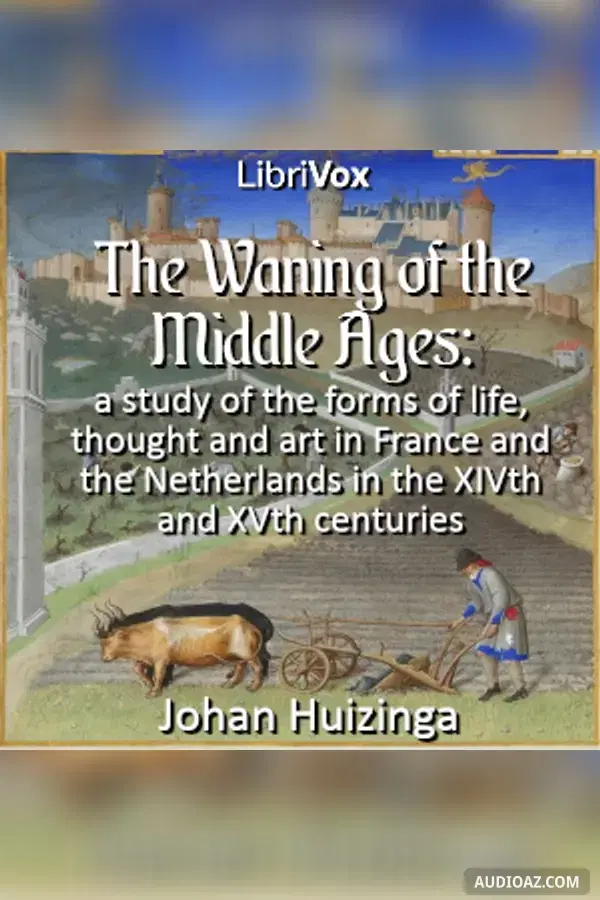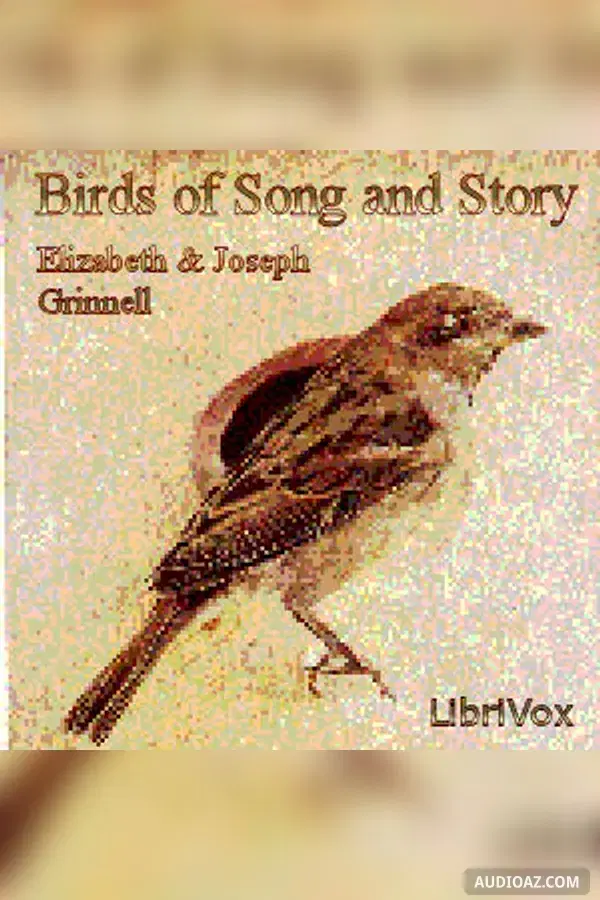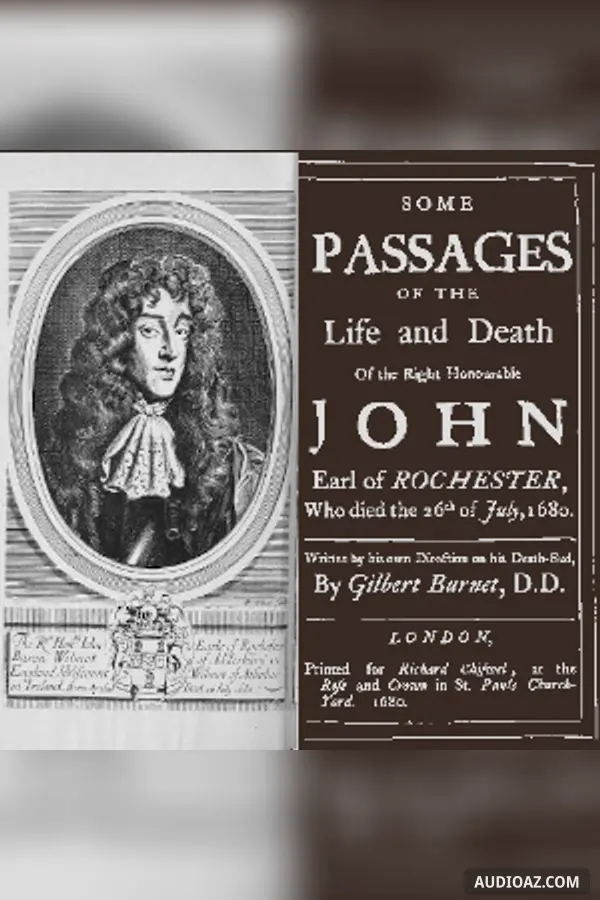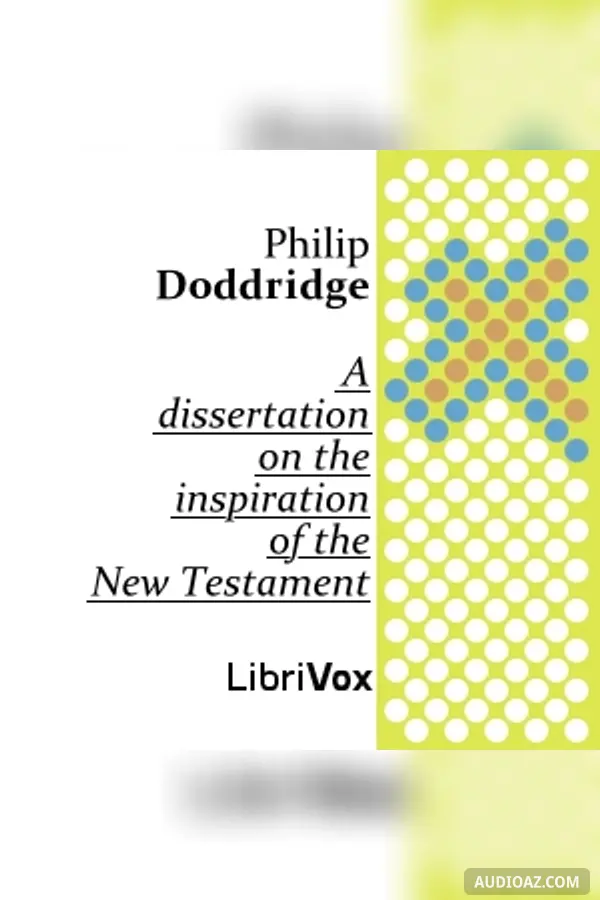
The waning of the middle ages: a study of the forms of life, thought and art in France and the Netherlands in the XIVth and XVth centuries - Sách nói Miễn phí
Tác giả: Johan Huizinga
Ngôn ngữ: English
Thể loại: Nghệ thuật, Thiết kế & Kiến trúcLịch sửTrung cổ/Lịch sử trung đạiPhi hư cấu
1 / 30Preface
- 1. Preface
- 2. The Violent Tenor of Life, part 1
- 3. The Violent Tenor of Life, part 2
- 4. Pessimism and the Ideal of the Sublime Life, part 1
- 5. Pessimism and the Ideal of the Sublime Life, part 2
- 6. The Hierarchich Conception of Society
- 7. The Idea of Chivalry
- 8. The Dream of Heroism and of Love
- 9. Orders of Chivalry and Vows
- 10. The Political and Military Value of Chivalrous Ideas
- 11. Love Formalized
- 12. The Conventions of Love
- 13. The Idyllic Vision of Life
- 14. The Vision of Death
- 15. Religious Thought Crystallizing into Images, part 1
- 16. Religious Thought Crystallizing into Images, part 2
- 17. Types of Religious Life
- 18. Religious Sensibility and Religious Imagination
- 19. Symbolism in its Decline
- 20. The Effects of Realism
- 21. Religious Thought Beyond the Limits of Imagination
- 22. The Forms of Thought and Practical Life
- 23. Art and Life, part 1
- 24. Art and Life, part 2
- 25. The Aesthetic Sentiment
- 26. Verbal and Plastic Expression Compared I. part 1
- 27. Verbal and Plastic Expression Compared I. part 2
- 28. Verbal and Plastic Expression Compared II. part 1
- 29. Verbal and Plastic Expression Compared II. part 2
- 30. The Advent of the New Form
Giới thiệu
The Waning of the Middle Ages (also known as The Autumn of the Middle Ages, or Autumntide of the Middle Ages), subtitled A study of the forms of life, thought and art in France and the Netherlands in the fourteenth and fifteenth centuries, is Johan Huizinga's most famous work. It was published in 1919 as Herfsttij der Middeleeuwen and first translated into English in 1924.
Huizinga defends the idea that the exaggerated formality and romanticism of late medieval court society was a defense mechanism against the constantly increasing violence and brutality of life. The break off between Middle Ages and Renaissance was, according to him, a period of pessimism, cultural exhaustion, and nostalgia. Even though this work has found criticism, especially for relying too heavily on evidence exclusively from the Burgundian court, it has achieved immense impact in the thought about the period. - Summary by Leni
Bình luận
Hãy là người đầu tiên bình luận
Chưa có bình luận nào về nội dung này. Hãy bắt đầu cuộc trò chuyện!
Khám phá thêm
Thẻ: The waning of the middle ages: a study of the forms of life, thought and art in France and the Netherlands in the XIVth and XVth centuries audio, The waning of the middle ages: a study of the forms of life, thought and art in France and the Netherlands in the XIVth and XVth centuries - Johan Huizinga audio, Nghệ thuật, Thiết kế & Kiến trúc audio, Lịch sử audio, Trung cổ/Lịch sử trung đại audio, Phi hư cấu audio, free audiobook, free audio book, audioaz






